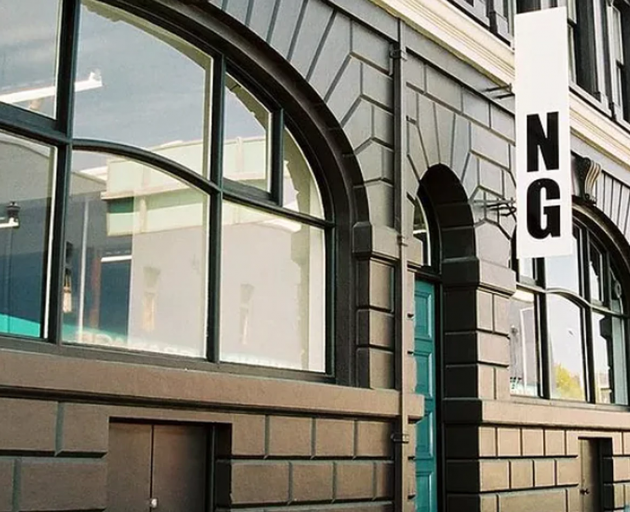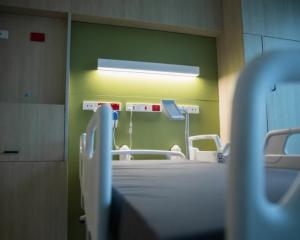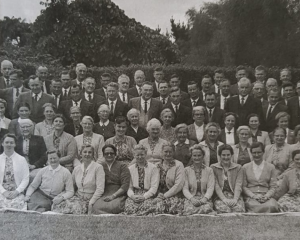Jack it up, slide it back, swivel the wheels 45 degrees then roll it 250-300 metres to the back door of the Transitional Cathedral.
"That's the intent," Lewis Bradford engineer Ashley Wilson told Frank Film last week. "It sounds really easy. All we need to do is make sure it is well tied together and has got some good foundations."
"Easy" may be stretching the point but the last-ditch effort to save the 1905 NG building in Madras St from demolition to make way for the new $473 million multi-use arena is, he says, a feasible option.
The historic warehouse, home to NG Boutique since 2005, has been on the knife-edge of planned demolition since 2012.
It was then, during a television announcement, that co-owners Roland Logan and Sharon Ng learned their building was in the footprint of the planned stadium in the new Christchurch Central Recovery Plan.
By this time, Logan had spent hundreds of thousands of dollars strengthening the building – bolting kauri floors to brick walls, interior posts to their exterior counterparts, new angle brackets to the façade and an added steel exoskeleton for extra strength.
With about 70 per cent of Christchurch's inner-city buildings gone or tagged for demolition, the building became a post-earthquake hub for designers, architects and artists as well as the NG Boutique as a symbol of heritage resilience and continuity.
"We've worked so hard to save the building," says Ng. "We're fully tenanted – it just doesn't make sense."

"Then," says Logan, "in 2017, they suddenly changed their minds and wanted to purchase the building." After Logan's lawyer became involved, the Crown revised its plans again – a 2020 stadium mock-up shows the building in situ.
"It was sitting there quite comfortably," says heritage advocate Dame Anna Crighton, "then they moved the stadium a bit and it got in the way. It's just not right. Why should it be demolished? It doesn't need to be, so it doesn't have to be, and it should not be."
In February this year LINZ Crown property group manager Lydia Bloy told Stuff the stadium's project management company, CMUA Project Delivery, had confirmed the building needed to be acquired "urgently" for the successful delivery of the stadium.
Since then Land Information New Zealand has issued a notice of intention to take the land in the first step in compulsory acquisition, made possible under the CERA Act and the Greater Christchurch Regeneration Act.
"I find those Acts incredibly draconian," says Logan. "Where you can take somebody's private property then you have to fight it out in the Courts afterwards to get compensation – that belongs to totalitarian states.".
The bid to move the building a few hundred metres north, is not without precedent
In 2010 Auckland's historic Birdcage pub, the former Rob Roy Hotel, was moved 40 metres to make way for work on the Victoria Park tunnel – then back again.
For Logan and Ng, it is a win-win solution. "We always said to the Crown, we were willing to sell the building as long as it wasn't pulled down," says Logan. "It doesn't need to be a battle, it doesn't need to be one or the other. The last thing we want to do is hold up
the stadium."
"Any business would fit well in this building," agrees Ng. "They could have a rugby museum in here if they wanted."
Logan and Ng are once again in consultation with LINZ. The Crown have stated their preference is to acquire the property "by agreement".












